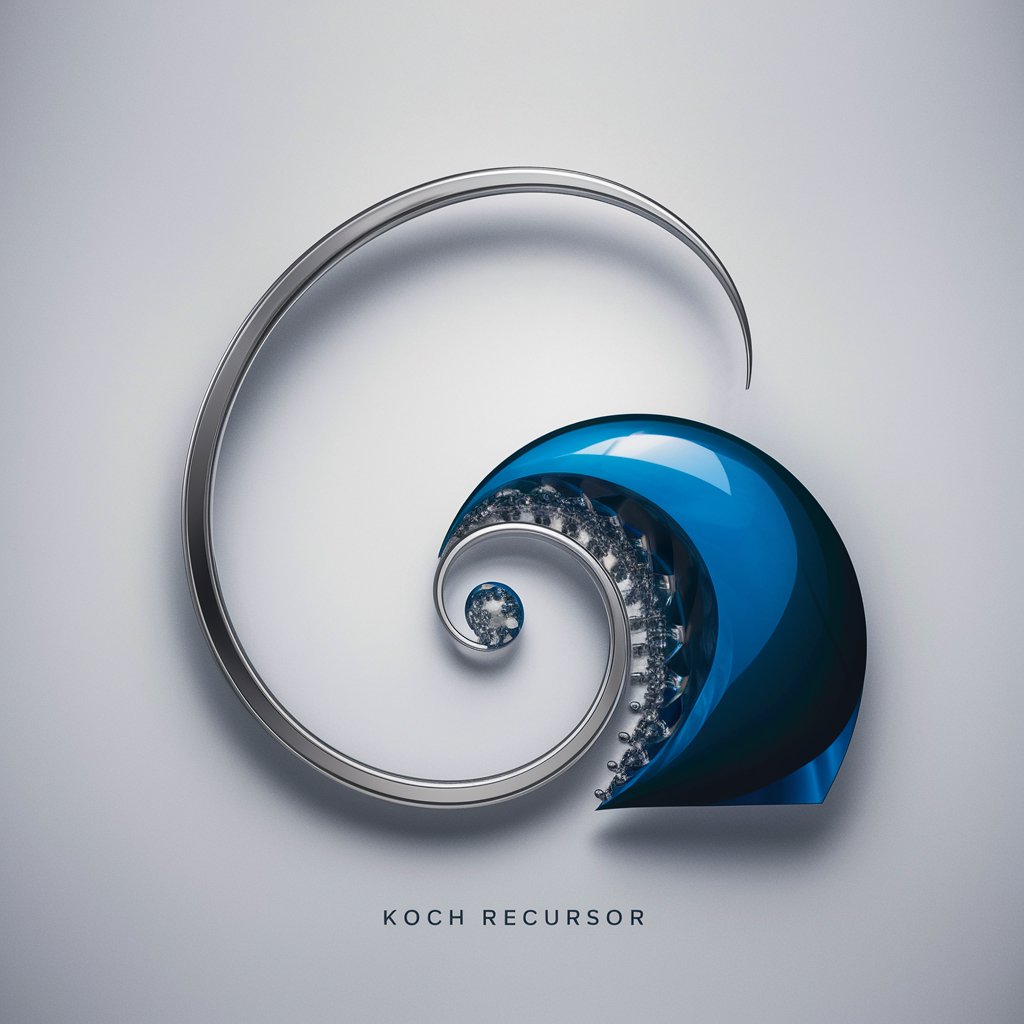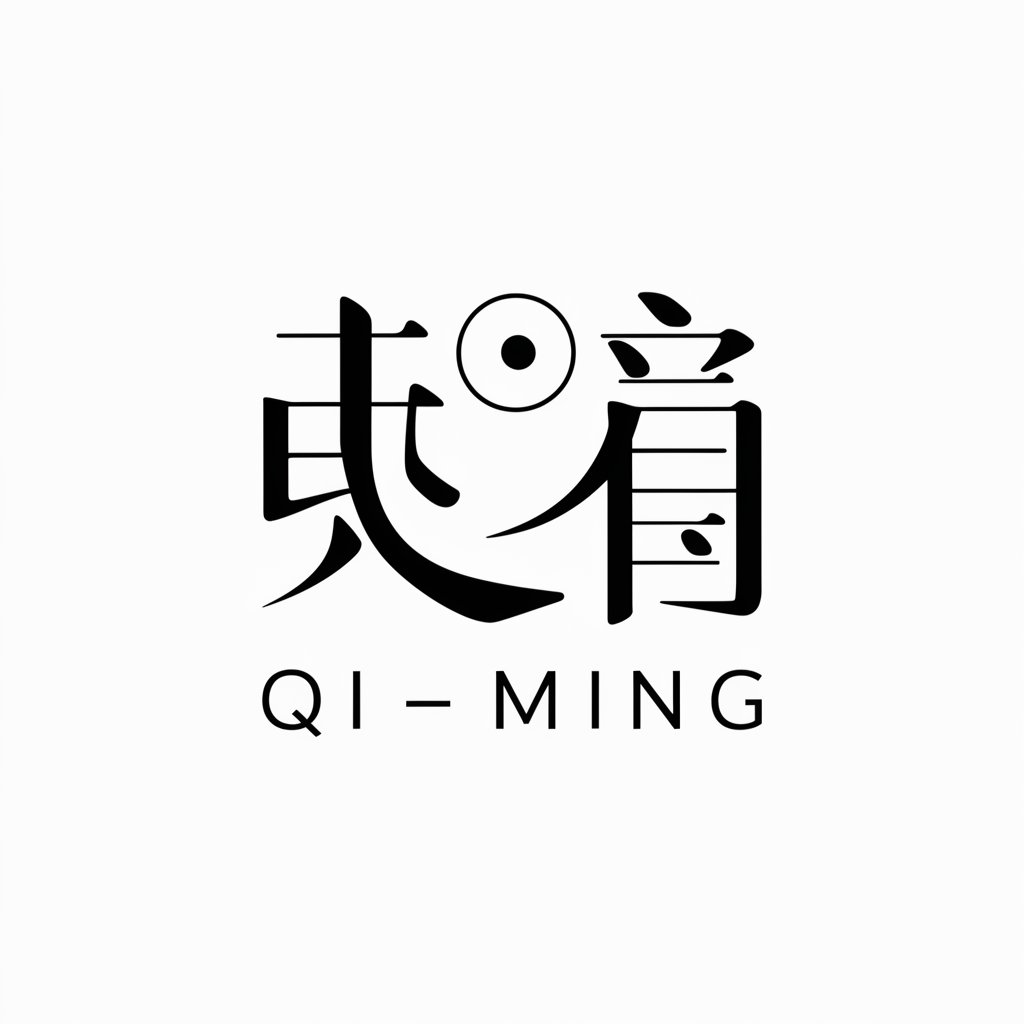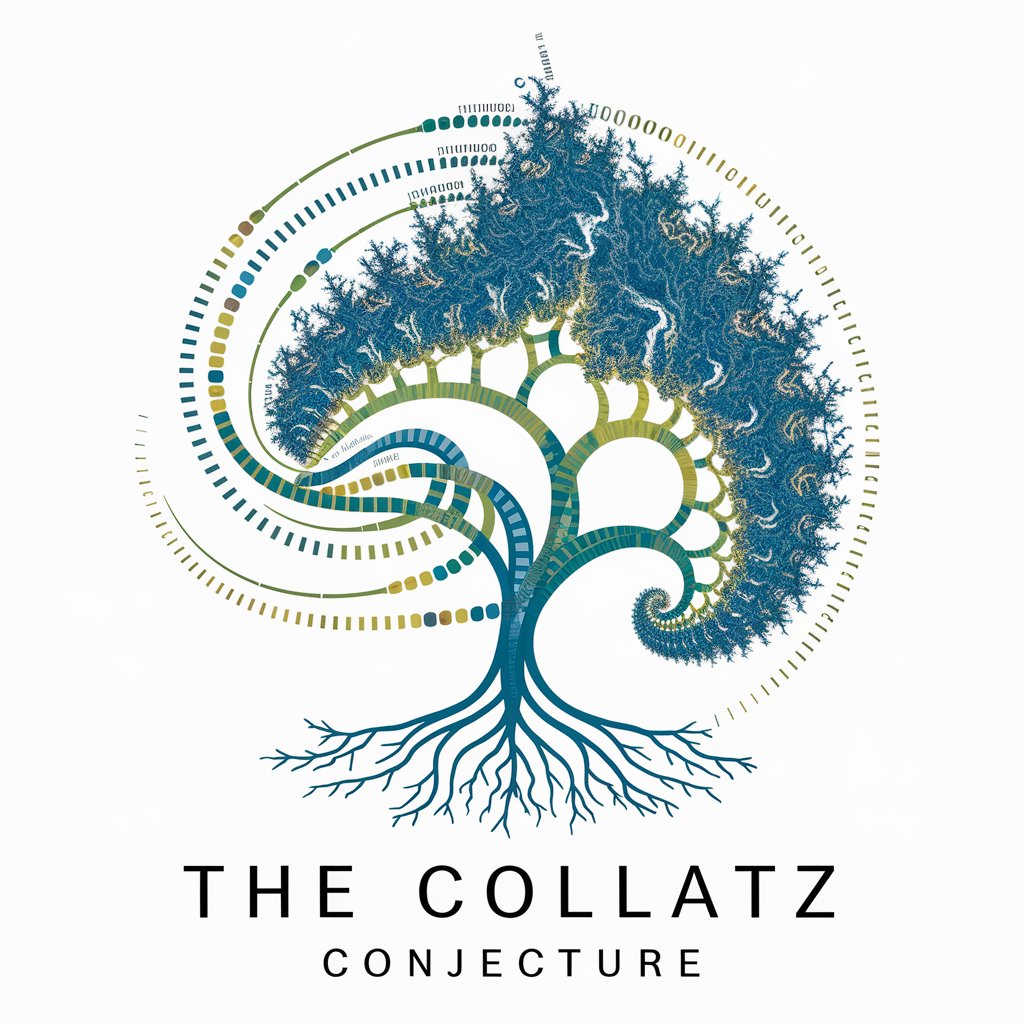
Koch Recursor - AI-powered text enhancer

Welcome to Koch Recursor, your recursive AI enhancement tool.
Transform Text with AI Precision
Enhance the following text recursively:
Generate a recursive story based on:
Apply the Koch fractal principles to:
Recursively refine the provided input:
Get Embed Code
Koch Recursor Overview
Koch Recursor is a specialized text processing tool designed to recursively enhance textual content based on predefined parameters. It operates under a unique methodology inspired by the Koch principles, which focus on iterative, fractal-like transformations of initial text inputs. The core functionality of Koch Recursor involves taking an initial piece of text and applying an enhancement function repeatedly over a specified number of iterations, controlled by a reduction ratio. This process refines and expands the text into a more complex and detailed final output. For example, starting with a simple narrative about two characters, Zack and Bill, the Recursor could transform this into a more elaborate story after several iterations, adding layers of detail and narrative complexity with each step. Powered by ChatGPT-4o。

Core Functionalities of Koch Recursor
Text Expansion
Example
Input: 'Zack and Bill went up the hill to fetch a subway sandwich.' Enhanced Output: 'Zack and Bill, two adventurous friends, embarked on a journey up the verdant hill, aiming to fetch a sumptuous subway sandwich from the peak's quaint shop.'
Scenario
This function is particularly useful in creative writing or storytelling applications where depth and detail enhance the narrative.
Iterative Detailing
Example
Input: 'Zack fell down and bumped his iPhone.' Enhanced Output: 'During their descent, Zack lost his footing on the slippery slope, tumbling downwards and inadvertently bumping his iPhone, causing its screen to crack slightly.'
Scenario
Useful for technical writing or incident reports where precise and expanded descriptions of events are necessary for clarity.
Target Users of Koch Recursor
Creative Writers
Authors and storytellers who seek to add depth and layers to their narratives. The recursive enhancement capabilities of Koch Recursor allow these users to continuously expand their stories, adding intricate details without losing the essence of the original text.
Technical Writers
Professionals tasked with creating detailed documentation, such as user manuals or project reports. They benefit from the ability to elaborate complex concepts or procedures in a structured, clear manner, ensuring comprehensiveness in documentation.

Guide to Using Koch Recursor
Step 1
Visit yeschat.ai for a trial without a login requirement and no ChatGPT Plus subscription needed.
Step 2
Select the 'Koch Recursor' from the list of available tools to start with text enhancement.
Step 3
Input your text, or use the default provided text. Adjust settings for the enhancement function, reduction ratio, and number of iterations.
Step 4
Initiate the recursive text enhancement process by clicking 'Enhance Text'.
Step 5
Review the final output text after the specified iterations, make adjustments if needed, and use or save the output as required.
Try other advanced and practical GPTs
Transcriber Pro
Capture Every Word with AI Precision

Let's Play Chicken!
Master Strategy with AI

Popular Topic Generator
AI-driven, trend-based topic insights

Experience in another world
Explore worlds unknown, powered by AI

Analyste et interprète de rêve
Unlock Your Dreams with AI

Cocktail Maestro
AI-powered mixology at your fingertips

1830 Philadelphia Hand Engine: A History
Reviving Firefighting History with AI

Squid Game Explorer
Explore Deeper into Squid Game

EU Visit Tracker
Stay Compliant with Smart AI-Powered Tracking

Qi_Ming
Harness AI for Customized Conversations

Mock Interview by Real Recruiters
Ace Interviews with AI Coaching

emobility.education
Powering eMobility with AI

Frequently Asked Questions about Koch Recursor
What is Koch Recursor?
Koch Recursor is a specialized tool designed to recursively enhance text based on user-defined parameters, focusing on iterative improvements until reaching a final text output.
How do I input my own text in Koch Recursor?
You can input your text directly into the tool's interface. If you do not input text, Koch Recursor will use a default text provided.
What does 'enhancement function' mean in Koch Recursor?
In Koch Recursor, 'enhancement function' refers to the method applied to alter and improve the initial text through each recursive iteration, based on specified algorithms.
Can I control the number of iterations in Koch Recursor?
Yes, you can set the number of iterations when setting up the text enhancement. Each iteration refines and enhances the text further based on the chosen function.
What should I do if I am not satisfied with the final output?
If the final output isn't satisfactory, you can adjust the parameters or the input text and rerun the enhancement process to generate a new output.





